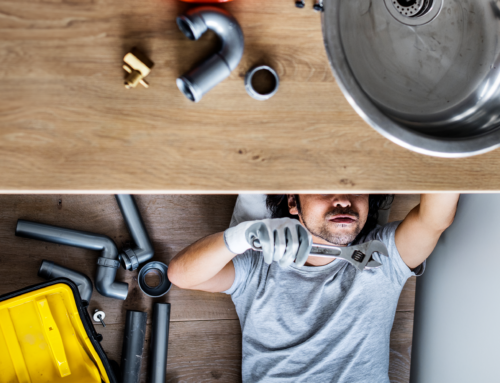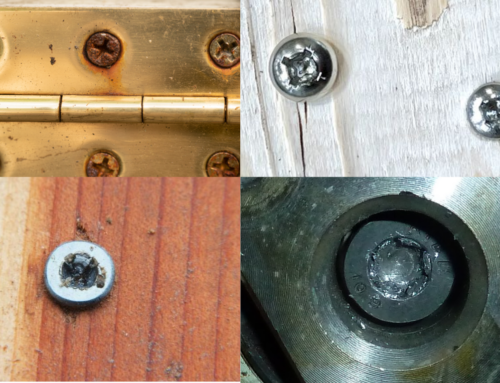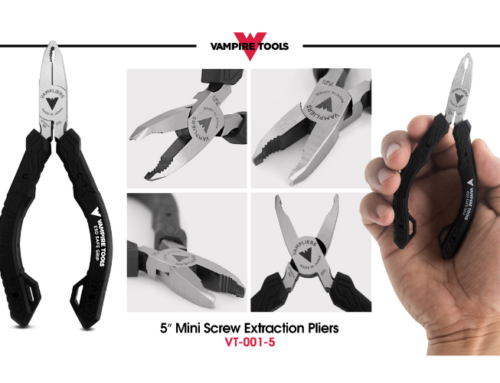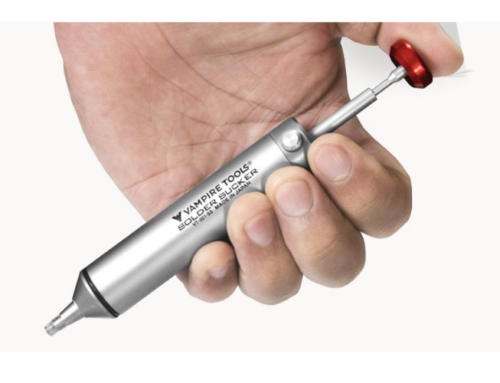Just a brief look at our premium products will demonstrate that all of our lineman pliers, Kevlar shears, and damaged screw extractor tools are made from premium Japanese steel. But just what exactly is steel? And why is it our chosen material in our VAMPLIERS?
What is Steel?
Steel has been produced in some form since at least 200 BC. Mass production of steel was founded in the 1850s.
Steel is an alloy of iron. It has iron mixed with carbon, and possibly manganese, and trace amounts of silicon, oxygen, phosphorus, and sulphur, as well as potentially other metals including chromium, nickel, and tungsten.
An alloy, put simply, is a combination of different metals or of a metal with another element.
Iron is a hard, tough, elemental metal that melts at 2975 degrees F and boils at 4964 degrees F. In its base form, iron is not a lot stronger than copper.
Carbon in its pure form is soft; when small amounts are added to iron, the resulting steel is very strong.
Steel is actually a large family of metals, in which iron is combined with carbon and other elements. The steel alloys are described as being mild, medium, or high-carbon steels, and this refers to their relative carbon content by percentage overall.
- Mild carbon steel – up to 0.25% carbon
- Medium carbon steel – between 0.25% to 0.45% carbon
- High carbon steel – between 0.45% to 2.00% carbon
The highest carbon-content steel is known as cast iron.
Steel retains the best characteristics of iron, however by adding carbon and other elements, the physical and chemical properties of the iron such as its resistance are improved.
Types of Steel
Steel varies by type depending on its alloying elements and their quantities, and each type has its own ideal applications. The properties of any type of steel are closely related to its composition.
There are more than 3500 separate grades of steel, and the majority have only been developed since the late 1990s.
There are four main types of steel:
- Carbon Steel – the lower grades are easier to cut and shape; the higher grades are harder and more difficult to manipulate.
- Alloy Steel – has trace amounts of manganese, copper, titanium, and other alloying elements as well as carbon added to the iron.
- Tool Steel – steel that has a high level of hardness and abrasion resistance. It is very hard and used for cutting, impact-toolmaking, knives, and mould-making.
- Stainless Steel – incorporates iron, carbon, chromium, nickel, or molybdenum with overall alloy content of up to 30%. It has increased resistance to corrosion and is ideal for use in food processing and handling, medical instruments, appliances, hardware, and structures.
Benefits of Steel
Steel is very versatile, and it can be recycled indefinitely. It is the world’s most essential construction and engineering material, and it is low in cost to make, form, and process. It is widely used in:
- Machinery construction
- Public works
- Building
- Tools
- Aeronautics
- Automotive
- Medical equipment
- Body piercing materials
- Sewing needles
- Drink Cans
- Cutlery
- Household appliances
Browse our range of steel Kevlar shears, lineman pliers, and more at Vampire Tools today.






